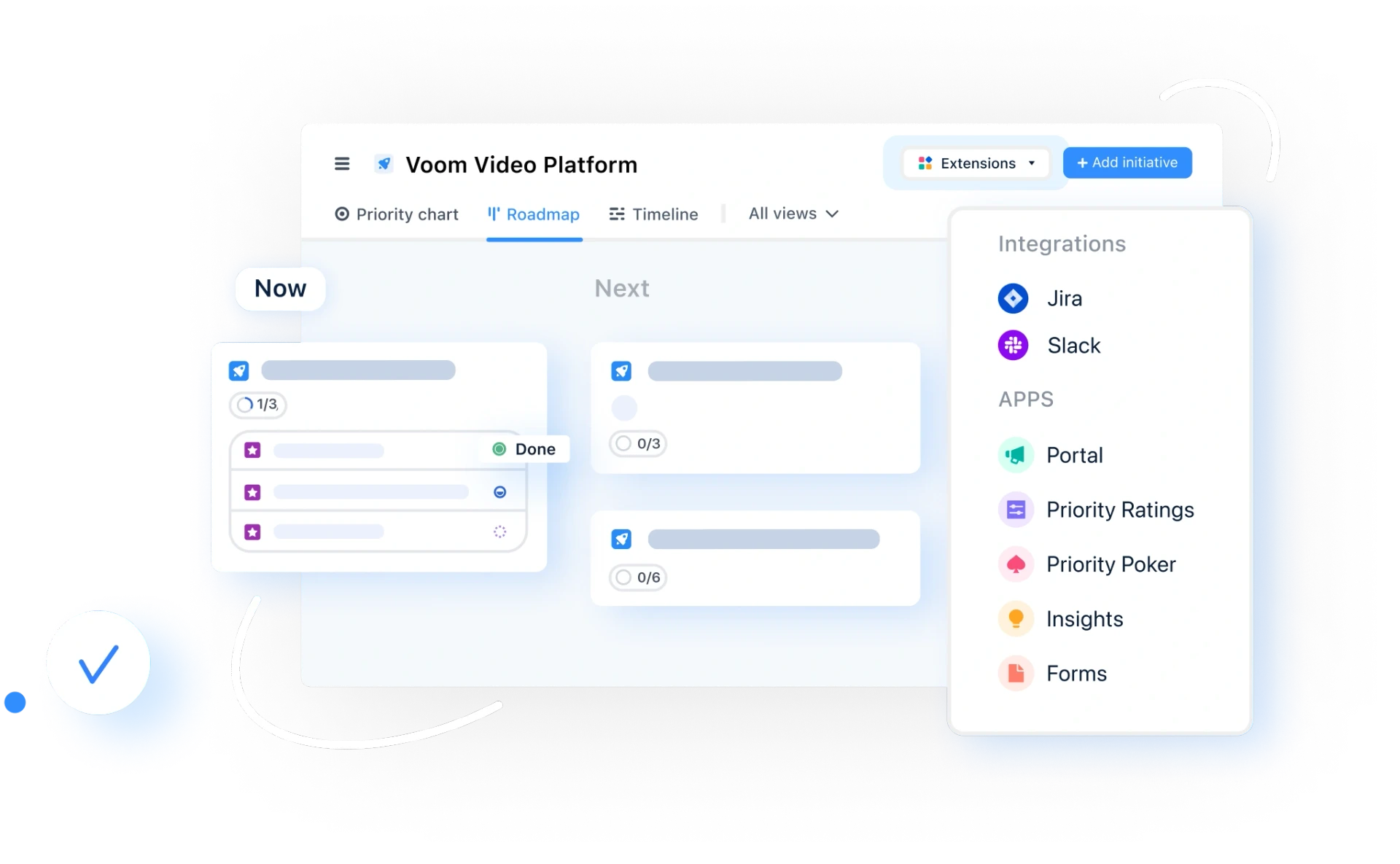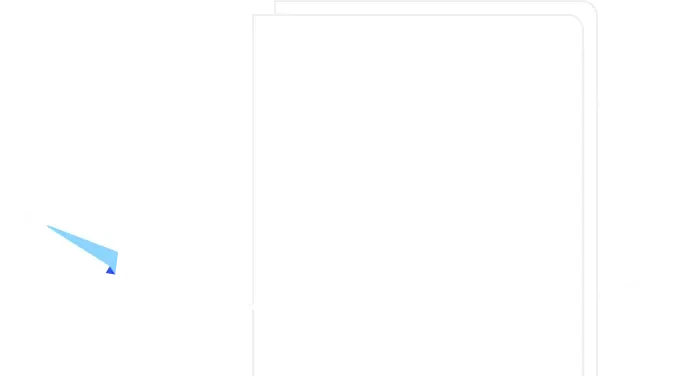Back End (In a Website)
What is a back end (in a website)?
Definition of back end (in websites)
The back end of a website is everything that goes on behind the scenes, from servers to databases, and much more.
In a nutshell, a website’s back end is everything the user doesn’t see. It is the beating heart, or the churning engine of a website — responding to requests made by the user by sending information from the back end to the front end to be displayed.
The back end of a website comprises things like servers, databases, operating systems, APIs, and more, all of which come together to ensure that the user is served with the correct information as quickly as possible.
Why is the back end important in a website?
There are several reasons why a back end is required for a website to function properly.
Validates and exchanges information such as login IDs and passwords: Everyone needs to provide their login information to access a website's user interface. The back end verifies the user's provided login information and password. The back end code also saves any information the user submits to the databases.
Customizes your product for multiple environments: Companies now set up websites and other internet features in many environments. For example, some businesses run their websites on internet servers, while others prefer to put internet operations in the cloud.
Adds utility to front end functionality: Programmers need to create back end code as part of the website development process to make each front end capability more useful. For instance, to make a user login form function, they must write code in a server-side programming language. The back end script will gather the values each time a user submits his login information and compare them to the stored information in databases.
Improves the user experience: The back end of a website is where all work necessary to make it work occurs. So, the quality of the back end code will affect the user experience provided by a website. Any back-end programming flaws might cause a website to often crash, operate slowly, or have other performance problems.
How do you create a back end on a website?
In order to create a back end on a website, you need a good understanding of the basic algorithms and structures used in back end development.
Since the back end focuses on creating the code to make a website work properly, you will need to choose a coding language:
Object-oriented: Java, Python, .NET
Functional: R, F#, SQL
The next step is to learn about the frameworks and databases you wish to utilize and choose which one best fits what you want to do with your project.
Although you will deal with the back end, it’s important to understand how the front end works. Make sure you have a good grip on app scaling, database management, and hosting environment. You might also need to build one or more web architectures and configure operating systems, DevOps, and payment systems.
Examples of website back end functions
While all website front ends (the visual stuff users actually interact with) are very different, back ends are often quite similar. Most websites will feature a back end stack made up of several key elements, including:
The server, which is the physical disk on which the website’s data is stored. Essentially an enormous hard drive, servers are often located in huge ‘farms’ and make up the physical side of the internet.
The database, which is the storage methodology for a site’s data. Databases can be queried to fetch and return information on-demand to be displayed by the front end. The most common database format is MySQL.
The API, or Application Programming Interface, is almost like a filter through which third-parties can access information from a database. This allows developers to use other website’s data — like social media posts, for example — in their own apps.

General FAQ

Glossary categories
Experience the new way of doing product management

Experience the new way of doing product management








